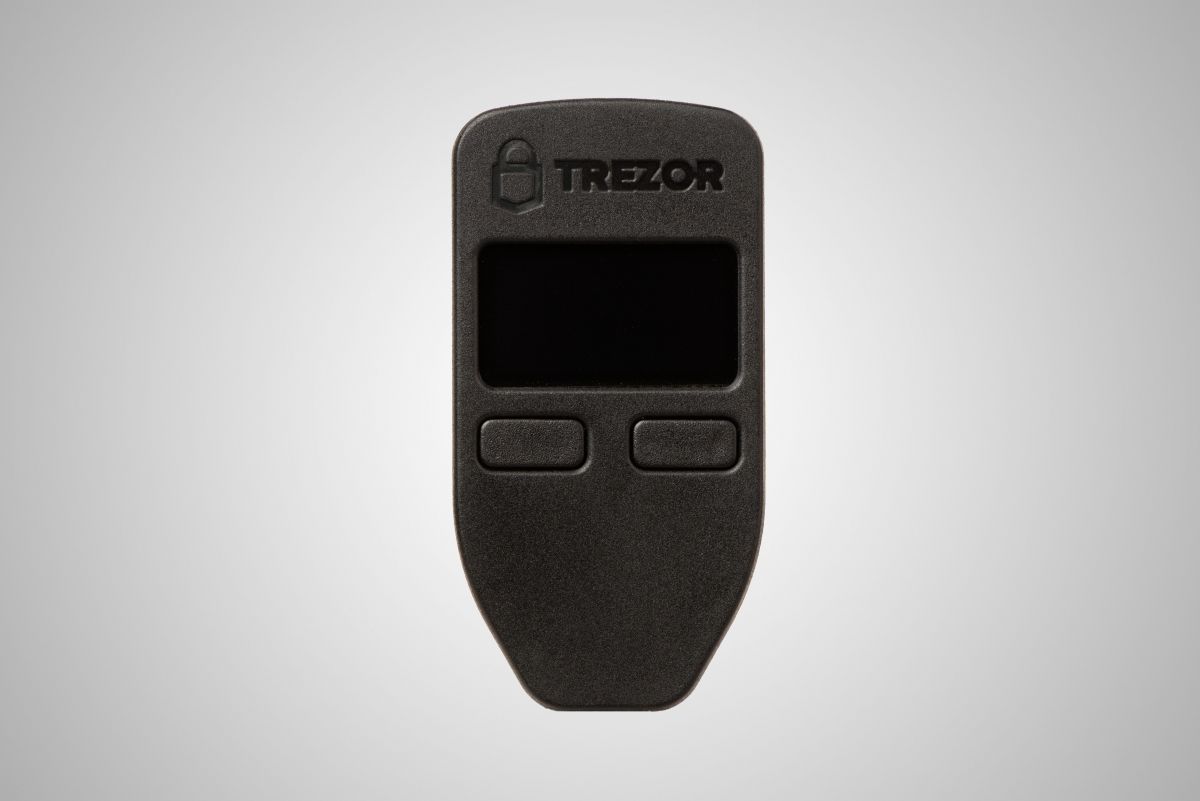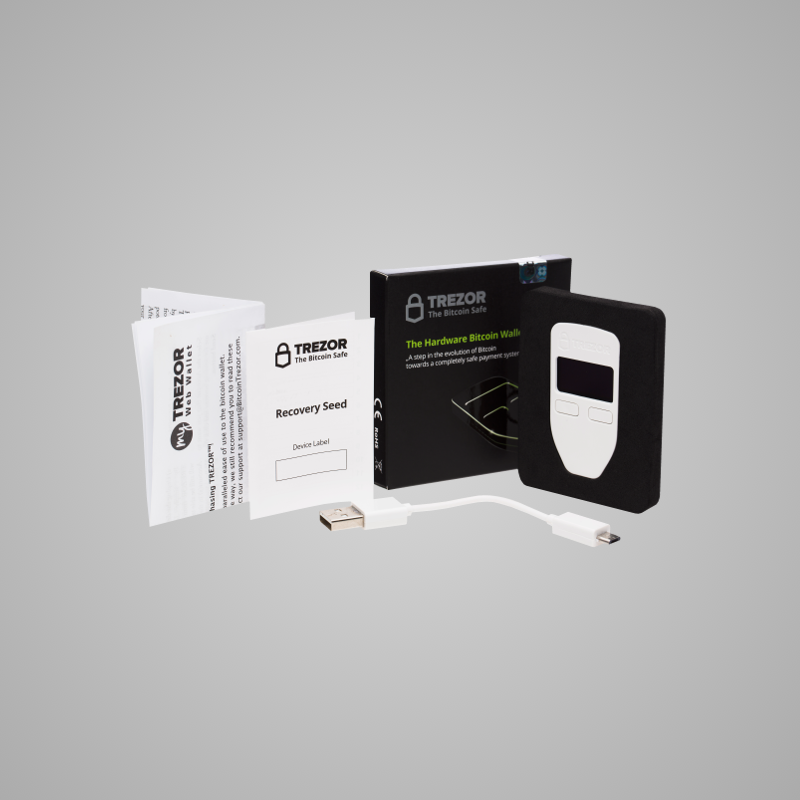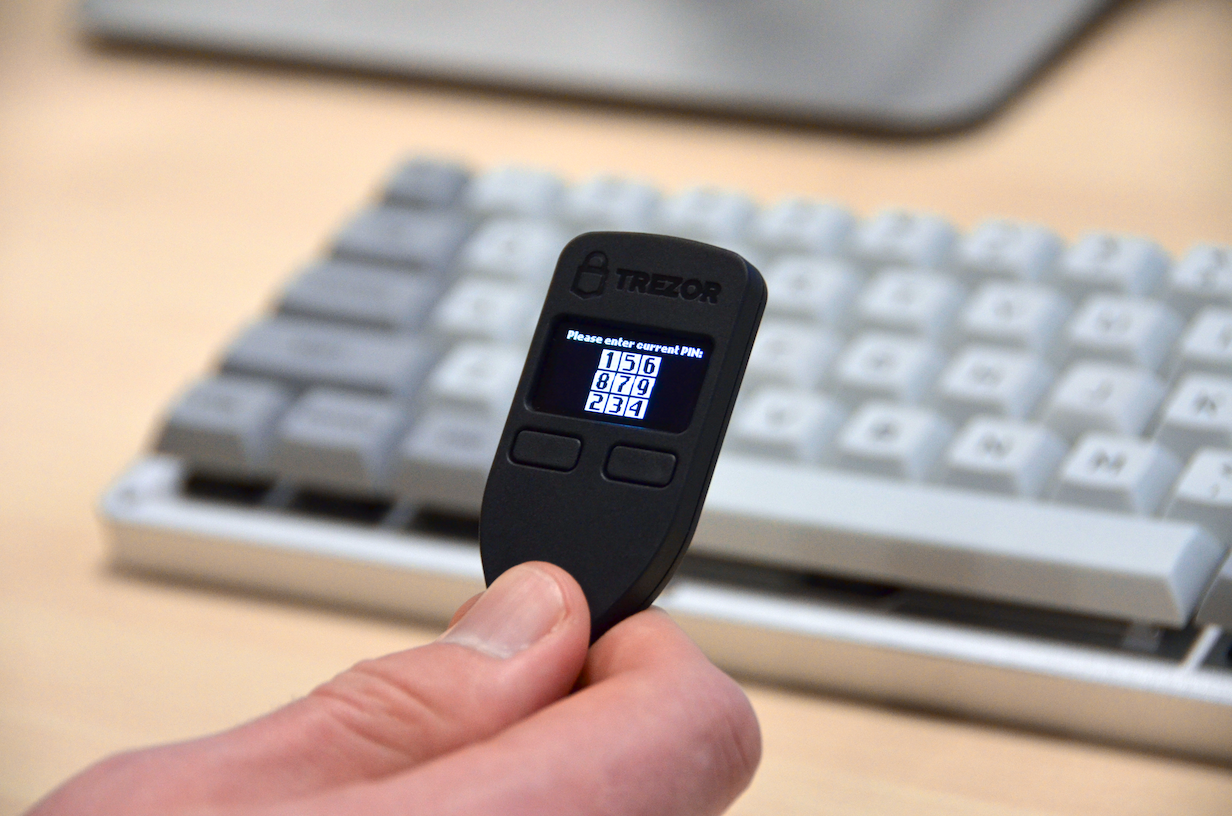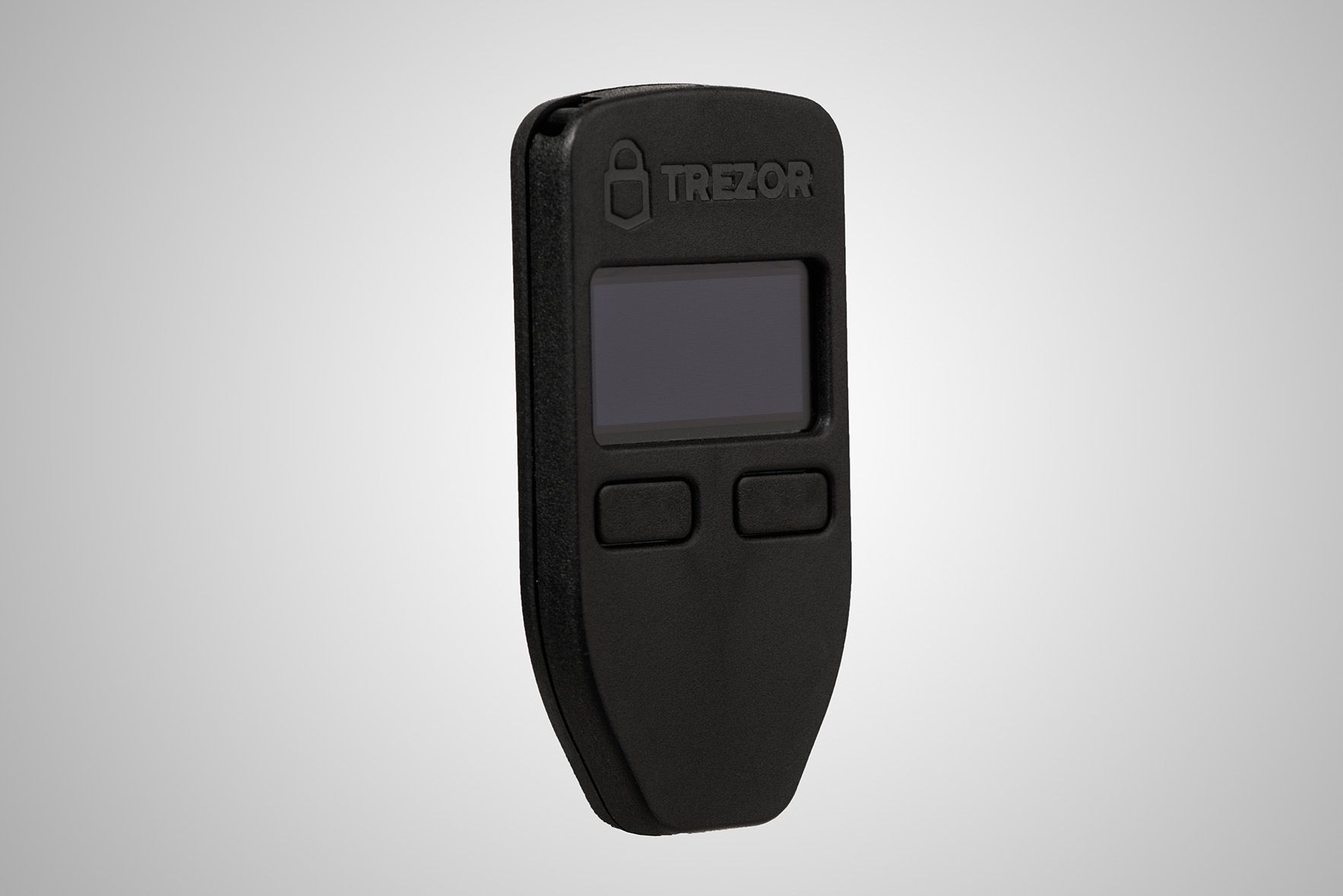Hardware Wallet - TREZOR Bitcoin Wallet Review

Released in 2014, the TREZOR marked the beginning of the Bitcoin hardware wallet. Produced by Satoshi Labs, the TREZOR could not only store Bitcoin independently of your computer but could do so while maintaining the functionality of a traditional web wallet. Thus, the TREZOR was the precursor to the many different hardware wallets we now see on the market.
The maturity of the TREZOR is reflected in the depth of engineering documentation, community involvement, and third-party compatibility of the device. For these reasons, the TREZOR remains one of the most secure ways to hold your Bitcoin.

Out of the box
In the TREZOR package you will find:
- TREZOR device
- A user guide
- Recovery seed booklet
- USB to Micro USB cable
The device itself consists of two prominent physical buttons, a 128×64 pixel OLED display, and a micro USB port at its base. Whereas the Ledger Nano is distinctly a USB drive, the TREZOR feels much more like a dedicated hardware wallet. It fits easily in the small of your hand, and despite being made of plastic, it still feels durable. Satoshi Labs has also released a TREZOR Metallic, which is made of polished, CNC-milled aluminium.
To enable communication between your TREZOR and computer, you are required to download TREZOR Bridge (this can also be installed as a Chrome Extension). Once completed, you can begin using the TREZOR via the myTREZOR Web Wallet.

User experience
Establishing your wallet on the TREZOR is a quick and straightforward process. Like most hardware wallets, this involves the creation of a recovery seed and PIN. Private keys are only generated once this process has initiated, and from this point onward, your private keys will never be exposed to any device you access your funds from. This procedure is similar to that of the Ledger Nano.
While the Ledger Nano utilises a security card for two-factor authentication, the TREZOR opts for a PIN decoder, which appears on screen every time you want to make a transaction. This works by matching the sequence of generated tiles displayed on the TREZOR to your PIN, then entering your PIN on your Web Wallet interface. The benefit of this verification method, along with an analysis of possible security threats to device, is explored in-depth on the TREZOR website.

There is something to be said for the transaction details appearing on the TREZOR’s screen itself, and the confirming or cancelling it with the press of a physical button. It’s this tactile feel and control over your funds that makes the higher price of the device well worth it.
Conclusion
The TREZOR marks the beginning of the Bitcoin hardware wallet, and to this day remains one of the most reliable and community-approved devices when securing your digital currency. Although it may not be the most recent or modern hardware wallet available, it is certainly the most tried and tested, offering users a strong sense of control and security.
With the TREZOR 2.0 currently under development by Satoshi Labs, we are excited to see how this product evolves, and the hardware wallet industry with it.

| Pros | Cons |
|---|---|
| In-built screen & hardware buttons | User experience could be more intuitive |
| A wide range of compatible applications, wallets & websites | |
| Mature community providing support and continual development |
The TREZOR can be purchased on the CoinJar Rewards Store for $149.90 (including shipping) or you can redeem one on the Reward Store for 14,000 CoinJar Points. Find out how to activate CoinJar Rewards.
Don’t invest unless you’re prepared to lose all the money you invest. This is a high‑risk investment and you should not expect to be protected if something goes wrong. Take 2 minutes to learn more: www.coinjar.com/uk/risk-summary.
Cryptoassets traded on CoinJar UK Limited are largely unregulated in the UK, and you are unable to access the Financial Service Compensation Scheme or the Financial Ombudsman Service. We use third party banking, safekeeping and payment providers, and the failure of any of these providers could also lead to a loss of your assets. We recommend you obtain financial advice before making a decision to use your credit card to purchase cryptoassets or to invest in cryptoassets. Capital Gains Tax may be payable on profits.
CoinJar’s digital currency exchange services are operated in Australia by CoinJar Australia Pty Ltd ACN 648 570 807, a registered digital currency exchange provider with AUSTRAC; and in the United Kingdom by CoinJar UK Limited (company number 8905988), registered by the Financial Conduct Authority as a Cryptoasset Exchange Provider and Custodian Wallet Provider in the United Kingdom under the Money Laundering, Terrorist Financing and Transfer of Funds (Information on the Payer) Regulations 2017, as amended (Firm Reference No. 928767).

